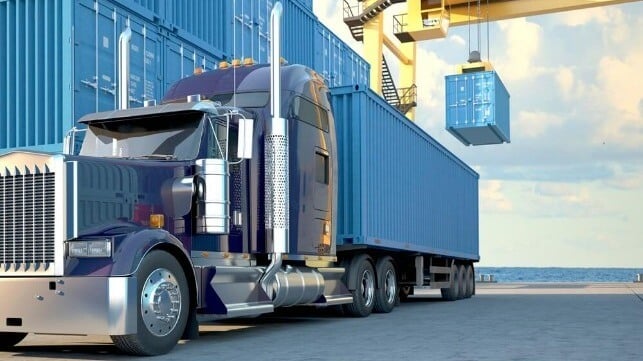Automating Vehicle Weighing in Ports and Shipping

The US ports and shipping industry is on the cusp of a transformation with a $17 billion boost from infrastructure funding. Efficiently processing trucks is paramount to leveraging this investment, and automating the vehicle weighing process is a critical step forward.
The Need for Automation
Long lines and wait times at truck scales can cripple productivity and profitability. Automating the weighing process accelerates transactions, reduces CO2 emissions, and enhances driver safety. Automation systems eliminate bottlenecks, allowing trucks to move swiftly in and out of ports.
Initial Steps for Automation
Implementing automation can be simpler than expected:
- Traffic lights can enhance safety and efficiency by providing clear instructions to drivers. These lights can signal when it is safe for the next truck to drive onto or off the scale.
- Detection loops act as sensors, detecting a vehicle when its magnetic field is disturbed. This reduces manual intervention and improves efficiency.
- Photo eyes can also detect approaching vehicles, initiating specific actions such as the weighing transaction or capturing images for record-keeping.
Advanced Automation Solutions
For operations seeking increased hours of operation, unattended kiosks like the IND9U enable 24/7 functionality. Vehicles can weigh in and out and capture information without a scale operator. The IND9UT offers a fully digital experience with an easy-to-use touchscreen, simple driver prompts, and automatic ID.
To further decrease lines and emissions, a weigh-in-motion scale may be an effective tool. These systems allow trucks to drive over the scale and record an accurate weight without stopping. AxlePass™ is ideal for smaller sites or when a smaller scale footprint is needed. TruckPass™, the first legal-for-trade weigh-in-motion scale, is a full-length solution that enables three times higher productivity than static scales. Weigh-in-motion solutions also increase safety, allowing drivers to remain in the cab during the entire transaction.
Transaction Management Software
Transaction management software like DataBridge™ can be tailored to operational requirements:
- For smaller operations, DataBridge SS enables traceable weighing data, faster transactions, and more accurate record-keeping. By eliminating manual paperwork, operations can cut down on costly errors.
- For operations with multiple scales, DataBridge MS offers greater control and understanding of the business.
- For larger operations with truck scales across multiple sites, DataBridge ES provides centralized data management and visibility across all facilities. This software enables better understanding of business transactions and allows operations to react to market trends more quickly and confidently.
Conclusion
To capture the rising potential in the ports and shipping industry, exploring automation might make sense for your operation. Automation at the truck scale can take many forms, including peripherals, unattended kiosks, weigh-in-motion systems, and software. At METTLER TOLEDO, we are here as a partner to help you capture growth and new business in this next chapter.
This article is sponsored by Mettler Toledo. Please click here for more information.
The opinions expressed herein are the author's and not necessarily those of The Maritime Executive.
